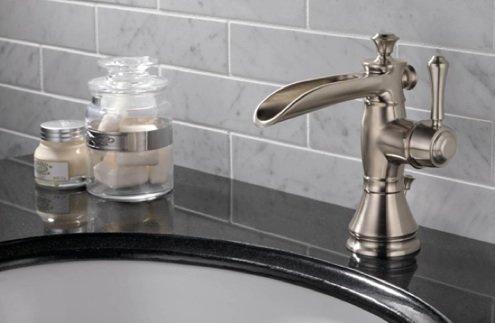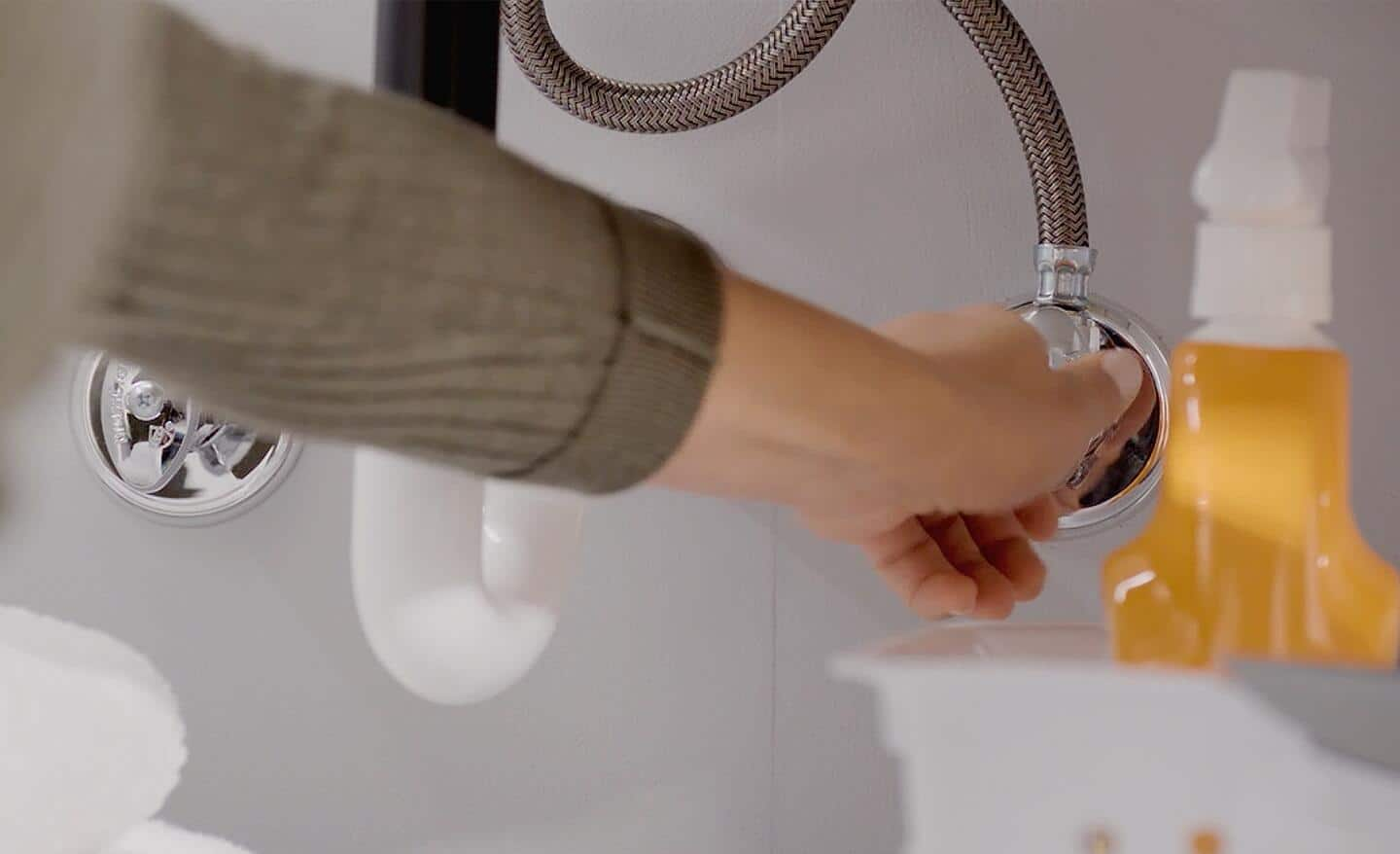Discovering the Relevance of Resolving a Leaking Faucet
Discovering the Relevance of Resolving a Leaking Faucet
Blog Article
Almost everyone is bound to have their own individual opinion on the subject of Water Dripping from Faucet: Why and How to Fix.

Dripping taps might look like a minor trouble, however their impact exceeds just the aggravation of the audio. From drainage to sustaining unneeded monetary expenses and wellness risks, neglecting a trickling faucet can lead to different effects. In this short article, we'll explore why it's important to resolve this usual household issue without delay and successfully.
Wastefulness of Water
Environmental Impact
Trickling taps add dramatically to water wastefulness. According to the Epa (EPA), a single faucet trickling at one drip per second can lose greater than 3,000 gallons of water annually. This not only pressures water sources yet also influences environments and wild animals depending on them.
Financial Expenses
Raised Water Expenses
Beyond the ecological influence, trickling faucets can pump up water bills substantially. The accumulated waste over time equates right into higher utility expenditures, which might have been prevented with prompt fixings.
Potential Property Damages
In addition, extended leaking can lead to damage to fixtures and surfaces surrounding the tap. Water buildup can create discoloration, corrosion, and also structural issues if left unattended, leading to added repair service costs.
Health and wellness Concerns
Mold and Mold Development
The constant presence of dampness from a dripping tap produces an ideal atmosphere for mold and mildew development. These fungis not only jeopardize indoor air top quality but additionally pose health threats, specifically for people with breathing conditions or allergies.
Waterborne Conditions
Stagnant water in leaking faucets can become a breeding ground for bacteria and various other pathogens, enhancing the danger of waterborne illness. Impurities such as Legionella bacteria flourish in stagnant water, possibly leading to significant diseases when ingested or inhaled.
DIY vs. Expert Repair work
Benefits and drawbacks of Do It Yourself Fixing
While some might try to take care of a dripping tap themselves, do it yourself fixings come with their very own set of difficulties. Without proper knowledge and devices, DIY efforts can aggravate the concern or result in incomplete fixings, prolonging the trouble.
Benefits of Hiring an Expert Plumber
Hiring a specialist plumber makes certain that the underlying reason for the trickling faucet is addressed effectively. Plumbers have the proficiency and tools to detect and repair faucet issues successfully, conserving time and reducing the threat of additional damage.
Step-by-Step Overview to Repairing a Dripping Tap
Tools Needed
Prior to trying to fix a dripping tap, collect the necessary devices, consisting of an adjustable wrench, screwdrivers, substitute components (such as washing machines or cartridges), and plumber's tape.
Usual Faucet Issues and Their Solutions
Identify the sort of faucet and the certain issue causing the drip. Typical problems include damaged washing machines, rusty shutoff seats, or damaged O-rings. Describe maker directions or online tutorials for detailed advice on repair services.
Preventive Measures
Routine Maintenance Tips
To avoid trickling taps, do regular maintenance such as cleaning aerators, checking for leakages, and changing worn-out parts quickly. Furthermore, think about setting up water-saving tools or upgrading to a lot more efficient fixtures.
Significance of Prompt Services
Addressing trickling taps as quickly as they're noticed protects against more water wastefulness and possible damage, eventually saving both water and money over time.
Influence On Property Value
Perception of Well-Maintained Building
Preserving a residential property in good condition, consisting of attending to upkeep problems like leaking faucets, enhances its viewed worth and desirability amongst potential customers or renters.
Influence on Resale Worth
Qualities with well-maintained plumbing fixtures, consisting of taps, command greater resale worths in the realty market. Addressing leaking faucets can add to a favorable impact during property examinations and arrangements.
Ecological Responsibility
Individual Contribution to Conservation
Taking obligation for repairing trickling faucets lines up with broader initiatives toward water preservation and ecological sustainability. Every individual's actions jointly make a significant impact on protecting valuable sources.
Lasting Living Practices
By prioritizing punctual repair work and embracing water-saving routines, people contribute to lasting living methods that profit both present and future generations.
Verdict
Attending to a dripping tap goes beyond plain convenience; it's a vital step toward saving water, reducing economic expenses, and securing health and property. Whether with do it yourself fixings or specialist help, acting to repair dripping faucets is a small yet impactful means to advertise responsible stewardship of sources and contribute to a healthier, more lasting future.
How to Fix a Leaky Faucet: Step-by-Step Repair Guide
A leaky faucet may seem like a simple annoyance, but if it's not fixed promptly, that leak could cost hundreds to potentially thousands. From water damage to mold, mildew, and high water bills, even a tiny leak can be catastrophic if left unattended. Damage like this can even affect the overall value of your home, so it's important to take the right approach for leaky faucet repair. You may need the help of a plumber in some cases, but we've got a few tips you can try on how to fix a leaky faucet before calling the pros.
Four Faucet Types
When you're learning how to fix a leaky faucet, the first step is knowing what kind of faucet you're working with! There are four common types.
Cartridge Faucets
Cartridge faucets come in one- or two-handled varieties. In one-handled cartridge faucets, hot and cold water combines in a single cartridge. In the two-handled versions, hot and cold water are controlled separately and mixed in the faucet.
Ball Faucets
Ball faucets have a single lever you push up and down to adjust the pressure and rotate to change the temperature. A slotted metal ball controls the amount of water allowed into the spout.
Compression Washer Faucets
They're the oldest type of faucet, but they're still used in many homes — especially older ones. Compression faucets have two separate handles that, when turned, raise or lower the washer that seals a water valve. This valve stops water from flowing through the faucet when it is turned off.
Disc Faucets
Disc faucets rarely need to be repaired due to their maintenance-free design. The water flow is controlled by two discs — the upper one raises and lowers against a fixed lower disc, creating a watertight seal. If your disc faucet starts leaking, you may need to replace the seals or clean residue buildup from the inlets.
Fixing a Leaky Faucet
Step 1: Turn Off the Water
Whether you're learning how to fix a leaky bathtub faucet or how to fix a leaky kitchen faucet, always turn off the water supply to your working area when you're fixing a leak. The last thing you want is a flood added to your list of things to fix.
Look for the shutoff valves below your sink or around the tub and turn them clockwise to stop the water flow. If your faucet doesn't have shutoff valves, you may need to turn off the water for the whole house. Check to make sure it's off by turning the faucet on. If nothing comes out, you're ready to start the repair.
Step 2: Take Apart the Faucet
How you disassemble your faucet depends on the type of fixture you have. You can use a flathead screwdriver to remove the caps on top of the handle or handles for cartridge and compression faucets. Inside, you should see handle screws. Unscrew these with a screwdriver to remove the handle.
Disc- and ball-style faucets will typically have an inlet screw near the handle, and removing that will reveal the interior of the faucet.
Detach the Valve Stem
For cartridge- and compression-style faucets, you'll see the inner valve stem or cartridge once you remove the faucet handles. If you have a compression faucet, unscrew the brass valve stem. If you have a cartridge faucet, pull out the cartridge. If your cartridge has been in place for a while, it may require some tools or extra force to remove it due to mineral deposits.
Examine and Replace Parts
Once you've removed the parts, check them out to confirm what needs to be replaced. You may see corroded rubber washers, O-rings, stems, or cartridges. On a ball-style faucet, check the seats and springs for damage.
If you need to repair a leaky disc faucet, check the inlet and seals on the lower disc.
Once you determine what parts must be replaced, visit your local hardware store. Bring the damaged parts with you to ensure you can purchase the correct components to replace them.
Clean Valves and Faucet Cavity
If you've removed a stem or cartridge, you may notice mineral buildup in the faucet's threads. Use white vinegar to clean the valve seat by soaking it for a few minutes, then scrub it away with a soft toothbrush and rinse with warm water. You can also clean the interior of the faucet in the same way.
Reassemble the Faucet
Once your faucet is cleaned and the required parts have been replaced, it's time to reassemble it. Put the pieces back together and slowly turn the water supply back on. Doing this slowly is crucial because too much initial water pressure can damage the new hardware you've just installed.
https://homewarranty.firstam.com/blog/how-to-fix-leaky-faucet

Hopefully you enjoyed reading our part about . Thanks a ton for finding the time to read our article. Kindly take a moment to share this blog posting if you liked it. I praise you for your time. Revisit us soon.
Report this page